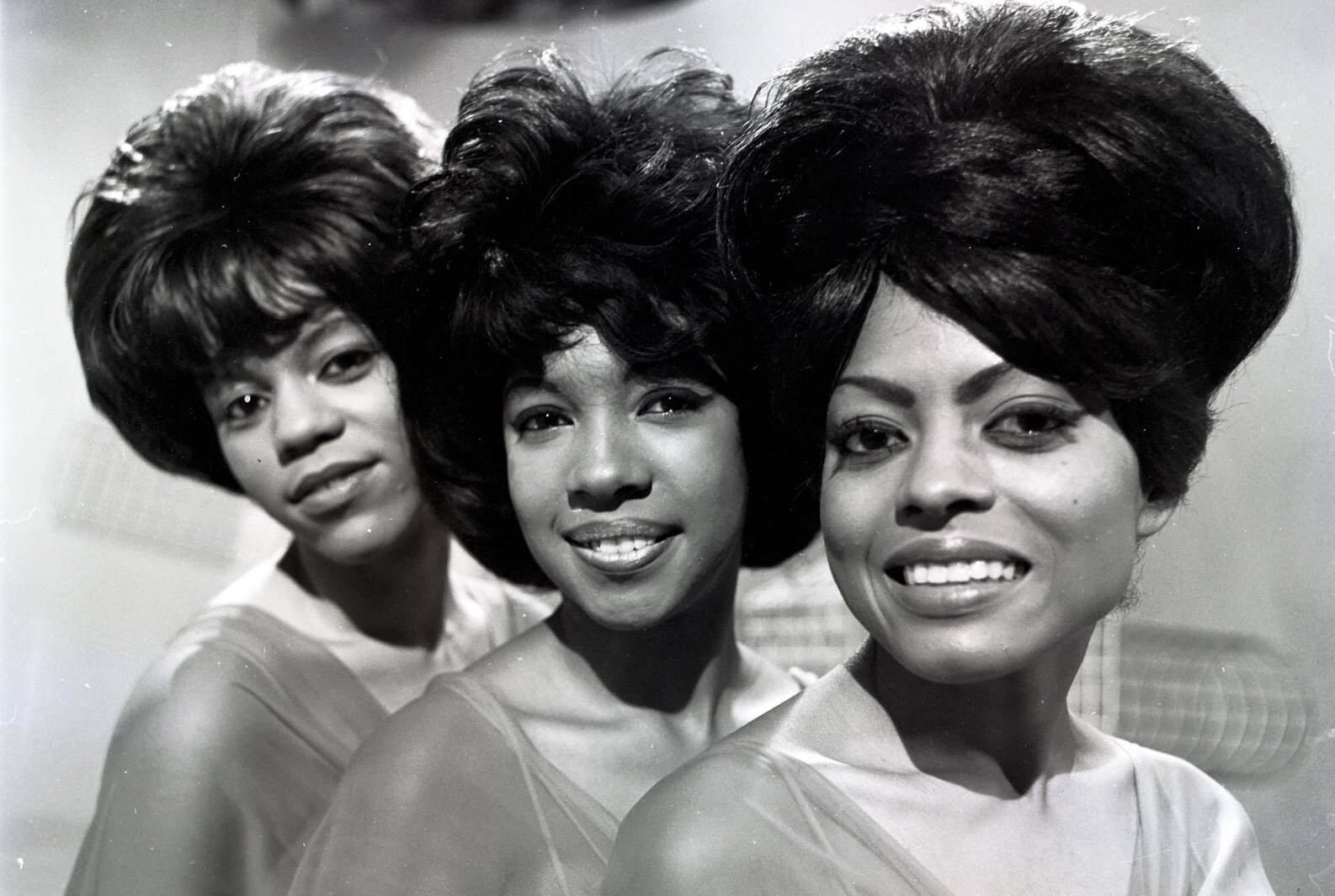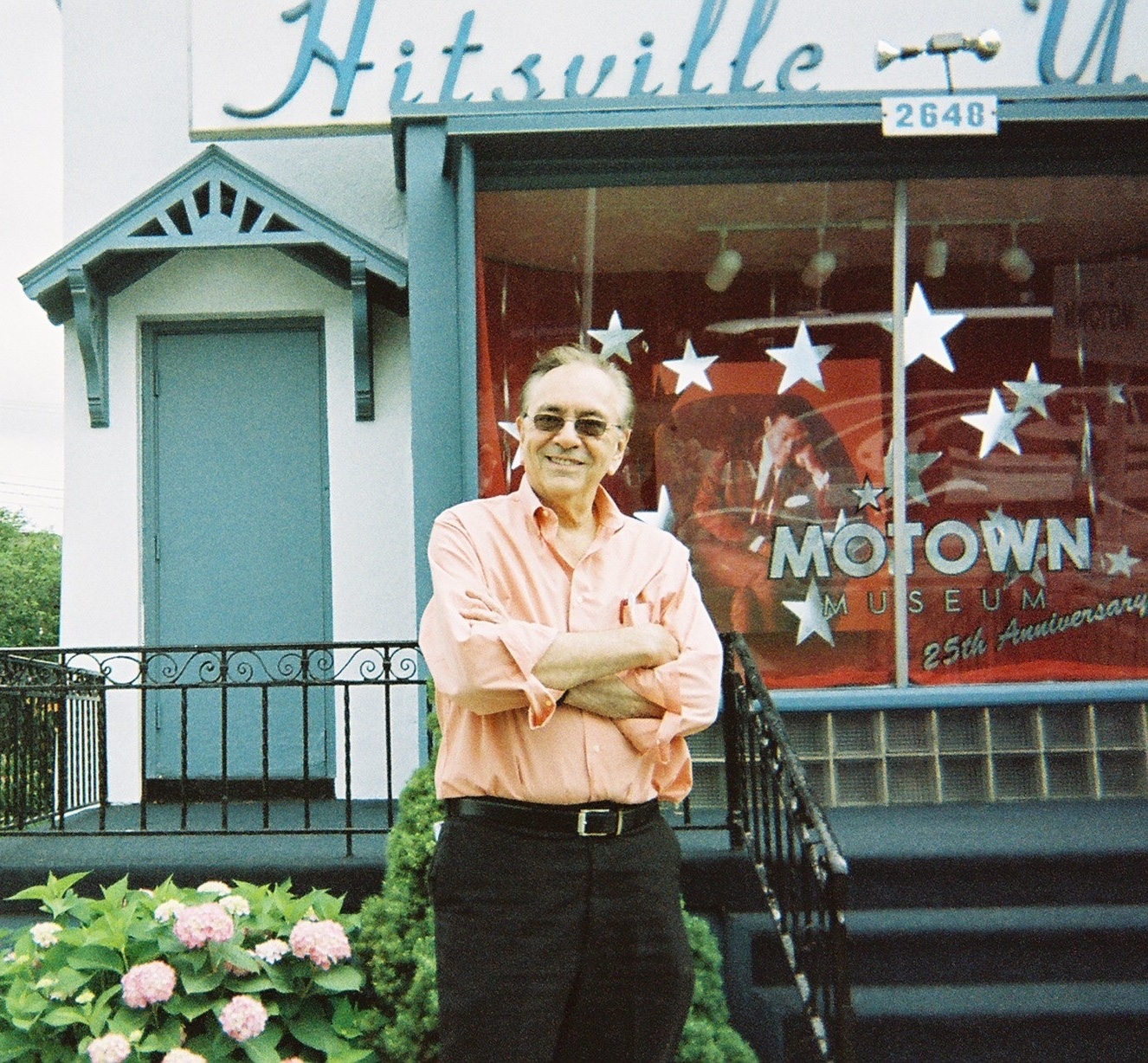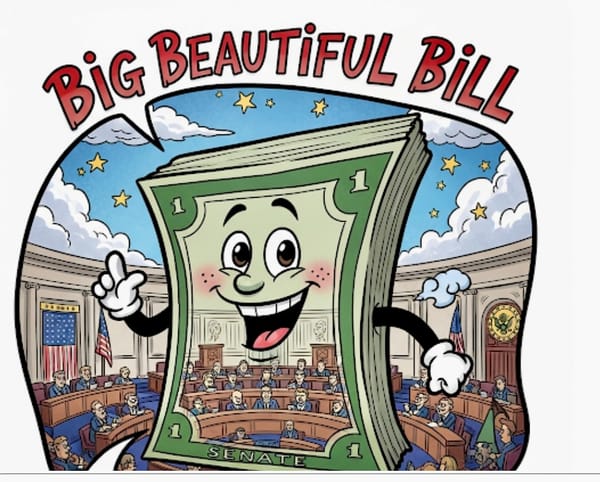How the Supremes improved America
It’s been more than a week since the death of Mary Wilson, one of the three original Supremes, one of the most important groups in American music, and in America. The other two were Florence Ballard and Diana Ross.

They were three Black Detroit teens with talent, and the incredible good fortune to be signed by Berry Gordy Jr., the genius who made Motown a national institution. Among the others he signed were Marvin Gaye, the Temptations, the Four Tops, Gladys Knight & the Pips and Stevie Wonder.
Gordy refused to sign the Supremes, originally known as the Primettes, until they had graduated from high school, because Gordy had a vision.
Working out of a two-story house he nicknamed Hitsville, Gordy envisioned his singers as crossover artists who would appeal to the massive white audience. To do that, he ran a sort-of charm school to teach his artists manners and comportment (as report cards used to say), and carefully crafted a public image of regal glamor. His female stars looked like royalty, from their wigs, makeup and form-fitting gowns, to their high heels, false eyelashes, and flawless choreography.
They were more than “safe,” in a color-conscious America. They were desirable.
With their first No. 1 hit in 1964, “Where Did Our Love Go,” the Supremes truly became America’s sweethearts. They recorded 12 No. 1 hits in five years even as the nation was wracked by race riots.
Many things impacted on America’s view of Black people, and I have to believe the Supremes were as influential as anything else in changing white America’s mental picture of Black Americans — they were class and glamor, sexy and sophisticated.
They were not the only thing, of course, but they created a positive image of Blacks as “Will & Grace” and Ellen DeGeneres would later do for gays.
Yeah, OK, I had a crush on the Supremes, along with practically everyone else my age.
So it had special meaning, some 40 years later, when the National Society of Newspaper Columnists was convening in Detroit and we were invited to tour Hitsville (and sing pretend backup in that famous studio). Sometimes the job had great perks.

It was a thrill being right there where so many ground-breaking stars sung their hearts out. (I got a similar thrill when I visited Gamble & Huff’s Philadelphia International Records headquarters at Broad & Locust, with shag carpeting soundproofing the walls.)
When rock started in the ‘50s, there was a lot of resistance to its “noise,” or “race music,” as it was sometimes called.
Many music venues in the South (and elsewhere!) were segregated, until some rock acts refused to perform in segregated auditoriums.
Some music segregation lasted until 1965, as Rolling Stone reported. It’s hard to imagine that today, but it happened.
Diana Ross left the Supremes and went on to become a superstar as a solo artist, while Wilson remained the anchor of the trio, with an ever-changed cast.
Today, more than 50 years after they first hit the charts — opening America’s eyes and ears and hearts with their amazing harmonies and lush orchestrations — when I hear a Supremes’ hit, it stops me in my tracks.
Thank you, Mary Wilson.



